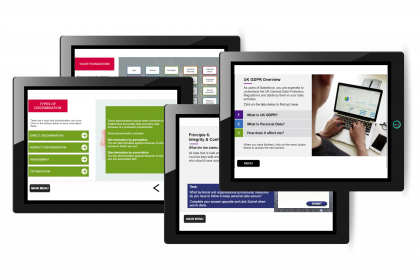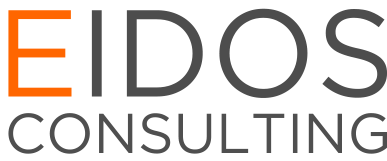If you type D&I training into Google, one of the first suggestions that comes up is ‘Why do D&I programs fail?’. This search brings up nearly 250,000 results, the first few pages of which are littered with reports from the likes of the BBC and Forbes describing how major organisations and government bodies are turning their back on bias training, and how global research shows a disconnect between how business leaders and employees view D&I in the workplace – that the training which organisations are providing their employees is missing the mark.
This is all at odds with the continued focus and effort made towards improving Equity, Diversity & Inclusion (ED&I) in the workplace. The UK is one of the forerunners in this area, with LinkedIn reporting that the UK employ twice as many D&I professionals per 10,000 employees than any other country in the world, while In PWC’s global Diversity & Inclusion Report, 76% of the surveyed organisations stated that D&I is a stated value or priority of theirs. So for an area that is of such high priority and an integral part of modern business, why is it that we are still getting it wrong? Why is it that the training we offer our employees is not only ineffective, but can even go as far as being detrimental to workplace diversity and inclusion? I want to discuss some of the core reasons why ED&I training fails to make a meaningful difference, and what organisations can do to better employ training, and reap the benefits of a more inclusive and diverse workforce.
Facts and figures are nothing without lived experience
One of the main issues with ED&I training is making it mean something to its audience, which is vital for engagement with the learning content. This is notoriously difficult when it comes to developing understanding of diversity and inclusion topics, as everyone’s lived experiences differ. One aspect that does unite everyone is that presenting individuals with learning content consisting purely of facts, figures and policy is not going to incite meaningful change, as it may mean nothing to (or completely go against) the individuals lived experience. Not only this, but it goes against good practice when it comes to creating good learning content. Organisations need to ensure they are providing their people with learning content that allows them to reconcile their own experiences with the learning they are consuming, such as providing them with opportunities to self-reflect, or carry out scenario-based activities where they make choices to tailor the learning to them.
ED&I is not an exercise in compliance
Every employer has a duty to ensure they encourage and support diversity and inclusion, both throughout their workforce and in how they do business. Where a duty is placed upon a business, whether a legal requirement or otherwise, the word compliance comes in to play and, unfortunately, compliance is the driver for many when it comes to ED&I training. Where an organisation focusses on a perceived need for ‘compliance’, this is generally due to making efforts to meet social and industry pressures, or to demonstrate the businesses social value to attract further business and top talent. Where this falls down is when employers see training as the only intervention that is needed and don’t compliment training their people with changes to company values, processes or engagement. Taking this approach will reduce employee buy in to well-intentioned training, and will leave them feeling frustrated and unsupported once they have completed it.
What can businesses do to make ED&I training more effective?
Despite some high-profile cases of organisations distancing themselves from bias training, the need for effective and engaging training on key ED&I subjects is higher than ever. What organisations must ensure is that training is not carried out in isolation, rather that it is part of a considered, wide-reaching effort to improve every aspect of an organisations approach to equity, diversity & inclusion. Efforts in this need to be owned at the highest level to ensure culture and engagement are fully supported and adopted, but accessible enough so that everyone throughout the organisation can engage with them. Company policies on fair hiring practices (think blind CV selection and standardised interviews), employee engagement and management practices should all be complimented by effective training for the individuals that are meant to engage with them, and any training that you offer should be offered with the view of raising awareness and understanding.
As an organisation, if you take a holistic approach to improving equity, diversity and inclusion, you will recognise improvements in employee engagement and retention, resulting in increased company profits. It is in every organisations’ interest to make sure ED&I are at the heart of how they engage with their people and how they do business, and that the right training is correctly employed to enable this.

Have your say on our New Equity, Diversity & Inclusion training!
We are very excited to be working on some really engaging and impactful e-Learning for Equity, Diversity and Inclusion, and we recognise that each industry, sector or organisation will have different needs for their training materials.
Why not join our working group and have your say to help us shape our e-Learning offering? Click here to express your interest and a member of our team will get in touch with you.
Contact us

